These AREN'T Your Parents' Cameras! The Evolution of the 35mm Camera
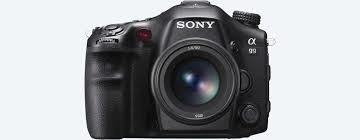
Photography has developed rapidly over the years with equipment and film working in tandem to pioneer new methods of taking pictures. 35mm film, also referred to as 135 film, can be used for still photographs and motion pictures. The 35mm camera was put on the market in 1934 and was a best seller by the late 1960s and still enjoys success today.
Standards were adhered to in the industry and the usual film format is 24x36mm, allowing for 2mm gaps between frames. The standard roll length is 36 exposures but 12 and 24 exposures are also popular for today's 35mm camera. Some disposable cameras, used for taking holiday snaps and for special occasions, tend to use 6, 8, 10 or 15 exposure film.
The first still camera to become popular with the public, using 35mm film was the American Tourist Multiple, which began selling in 1913. The new invention cost a lot of money for the times. It was the 1925 Leica 35mm camera however, that really set the seal of success on this type of product.
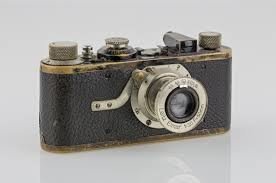
The German produced camera quickly became a status symbol and was widely praised for its small size, quality lens and high production levels. The Leica continued its popularity and was championed by professional photographers, including fashion photographers, photojournalists and art photographers such as Henri Cartier Bresson.
In 1934, the Kodak Company launched the German built Kodak Retina, the first 35mm camera to use the modern film cartridge, familiar to camera users today.
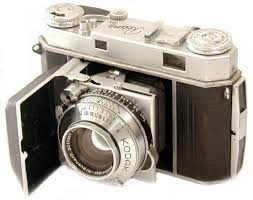
The next important innovation took place in the 1960s when Nikon introduced the Nikon F SLR.
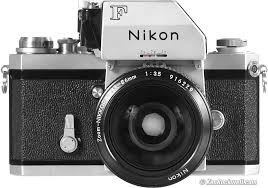
This was the beginning of the Single Lens Reflex system, a technology that went on to dominate photography. This type of camera proved more user friendly with functions such as a viewfinder, focusing screen and motor drive to automatically move the film on.
The introduction of digital cameras made a huge impact on the market but Digital SLRs have gained in popularity as the price has decreased and the 35mm camera is once again, secure.
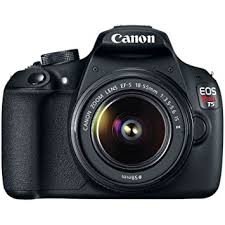
These cameras combine the convenience of a digital camera with the flexibility and quality of an SLR. Today, the camera and film market is shared by Kodak, Ilford, Fuji, Nikon, Olympus and Canon. The technology will, no doubt, evolve once more into territory not even thought of as yet but there will always be a place of affection for those early cameras that people grew up with.
There's no telling where photography will go next. Who would have thought that one day we'd use our phones to take pictures & record videos? Just goes to show technology & our knowledge of it is constantly growing & expanding!
Peace & Blessings Steemians!!!
Congratulations @rsmartt777! You have completed some achievement on Steemit and have been rewarded with new badge(s) :
Click on any badge to view your own Board of Honor on SteemitBoard.
For more information about SteemitBoard, click here
If you no longer want to receive notifications, reply to this comment with the word
STOPHi! I am a robot. I just upvoted you! I found similar content that readers might be interested in:
http://canonandcamera.blogspot.com/
Hello rsmartt777,
@SteemEngineTeam would like to take the time to thank you for signing up and participating in our community. Your contributions and support are important to us and we hope you will continue to use our platform.
We plan to give back to our community members, so have an upvote on us!
Thank you.
Hello rsmartt777,
@SteemEngineTeam would like to take the time to thank you for signing up and participating in our community. Your contributions and support are important to us and we hope you will continue to use our platform.
We plan to give back to our community members, so have an upvote on us!
Thank you.